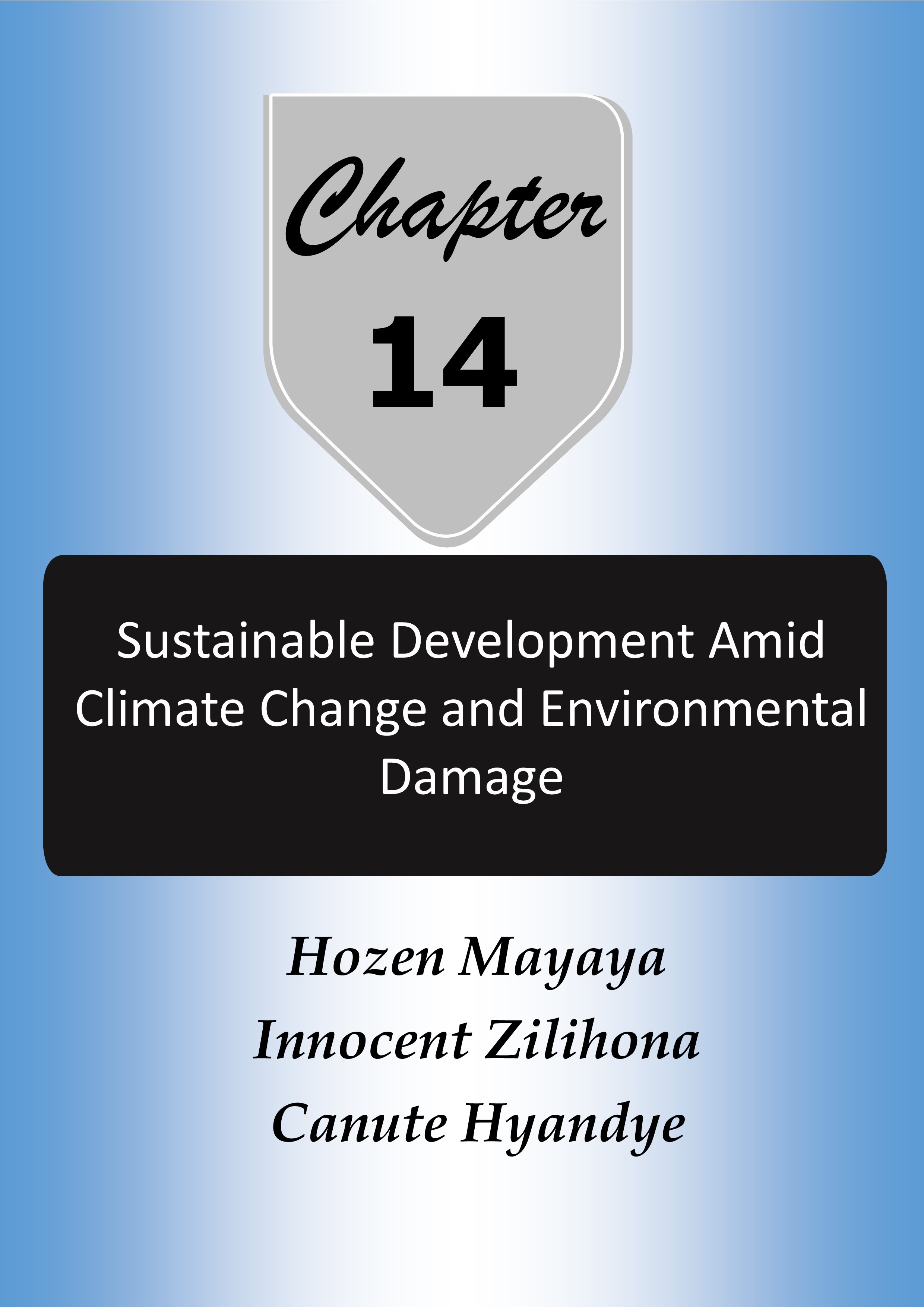Sustainable Development Amid Climate Change and Environmental Damage
Abstract
This chapter provides the environmental degradation, climate change and development nexus in Tanzania. It explores the status of environmental damage and the associated causes as well as Tanzanian government efforts to remedy the situation. It provides the pathways in which the 6th Phase Government under Her Excellency Samia Suluhu Hassan, the President of Tanzania can be successful in addressing the impacts of climate change and environmental damage which are threatening the livelihoods as well as the socio-economic development of Tanzanians, especially the less privileged rural dwellers.
The chapter looks into the vision of the Late President Magufuli through the Chama Cha Mapinduzi Manifesto (2020), assesses the development direction and aspiration of President Samia Suluhu Hassan, and through critical analysis of the current situation and best practices in Tanzania and elsewhere, the chapter suggests the possible pathway that the 6th Phase government should take as an opportunity to continue with the development vision of Tanzania.
The protection of the environment in Tanzania is the responsibility of each citizen. Overall, the in-charge of environmental matters in the country is the Vice President’s Office (VPO), Division of Environment (DoE). Accordingly, the environmental management in the country is in accordance with the National Environmental Management Act (EMA Cap,191), an Act that provides for a legal and institutional framework for sustainable management of the environment. Currently, the country has put in place National Environmental Policy 2021 (NEP 2021) which incorporates the contemporary environmental problems namely genetically modified organisms (GMO) and e-waste management, among others.
The National Environmental Policy (2021) Implementation Strategy 2022-2023 is also in place and thus guides the environmental management actions in the country. Furthermore, the government is undertaking various efforts toward addressing the effect of climate change in its national context. The National Climatic Change Response (2021) and the Zanzibar Climate Change Strategy (2014) comprehensively elaborate on effective adaptation measures and mitigations deemed necessary to be undertaken in the Country. The strategies focus on the enhancement of adaptive capacity to climate change, promote adaptation actions to support long-term climate resilience of social systems and ecosystems, and strengthen participation in climate change mitigation activities contributing to international efforts while ensuring sustainable development.
Further, the chapter provides some rich professional bits of advice to the Tanzania government for many bottlenecks in environmental management in the country. For example, it analyses the national spending on environmental projects, sources of funds, root causes of environmental degradation, and provides sustainable pathways to improve the situation.
One example of the gaps observed that leads to the continuation of environmental degradation in Tanzania is the absence of environmental officers at wards, villages/streets and sub-villages for 18 years now despite being a legal requirement. Section 40 of EMA Cap, 191 states the responsibilities and powers of Ward, Village/Mtaa and Kitongoji Environmental Management Officers as the coordinators of all functions and activities geared towards the protection of the environment within their area of jurisdiction. Another gap is the lack of capacity among public and private actors responsible for the environment in writing competitive proposals that can attract global environmental management and climate funds.
Among other things, the chapter recommends the 6th Phase government to address human capacity issues through building strong departments as well as using the highly trained experts at the academic, research and private institutions who can back up the ministries, departments and agencies (MDA) with expertise.
Collections
- Book Chapters [18]

